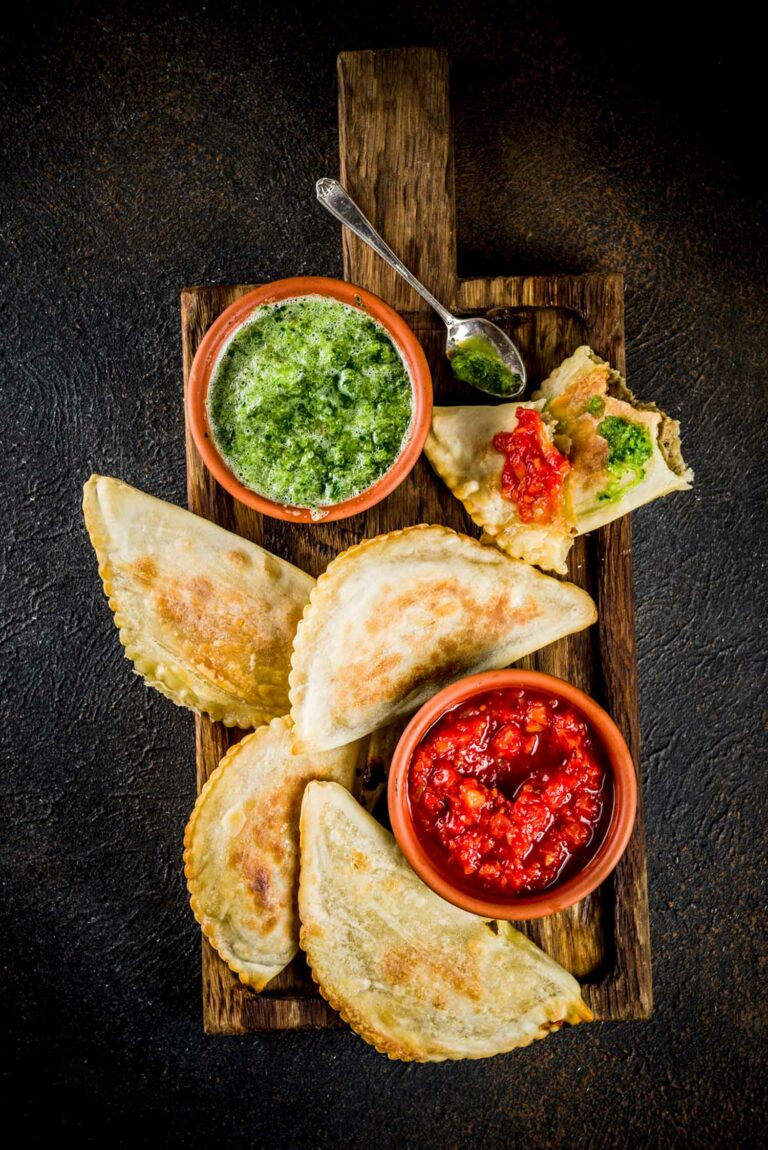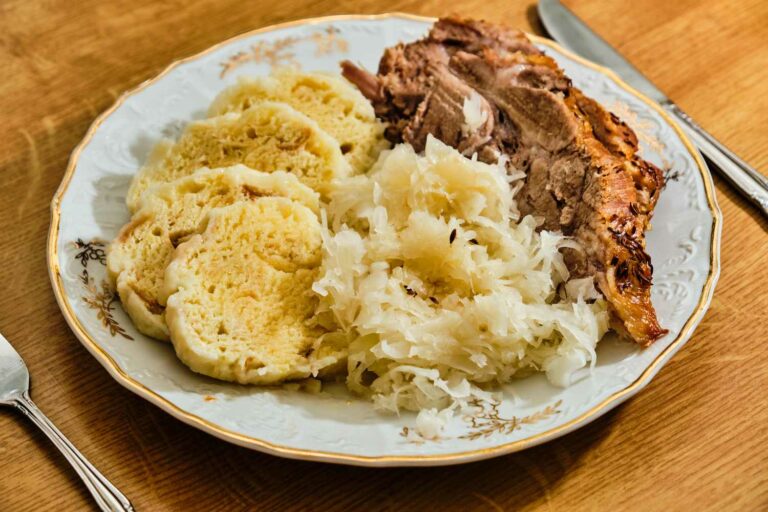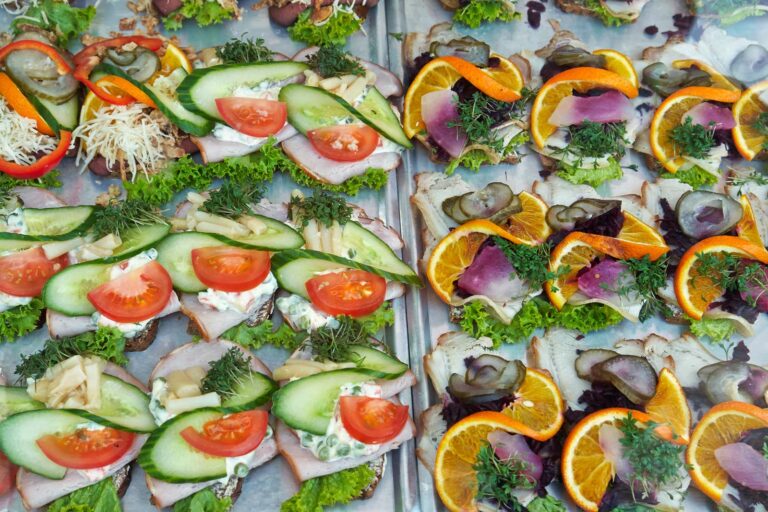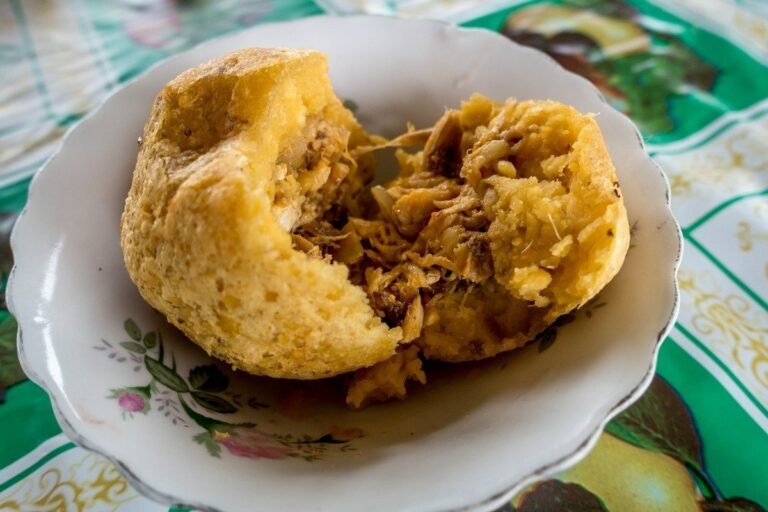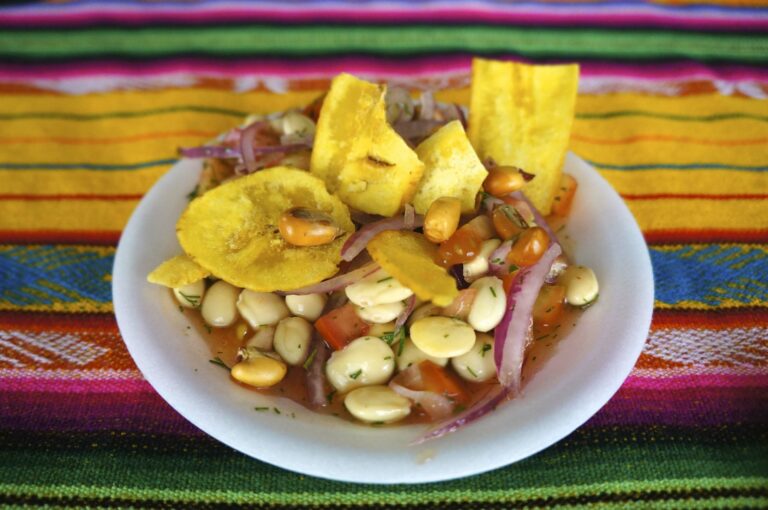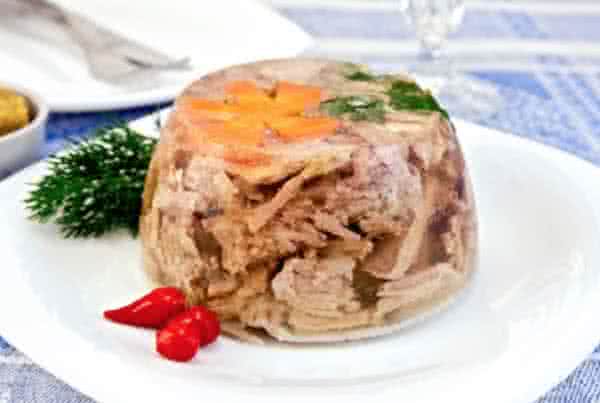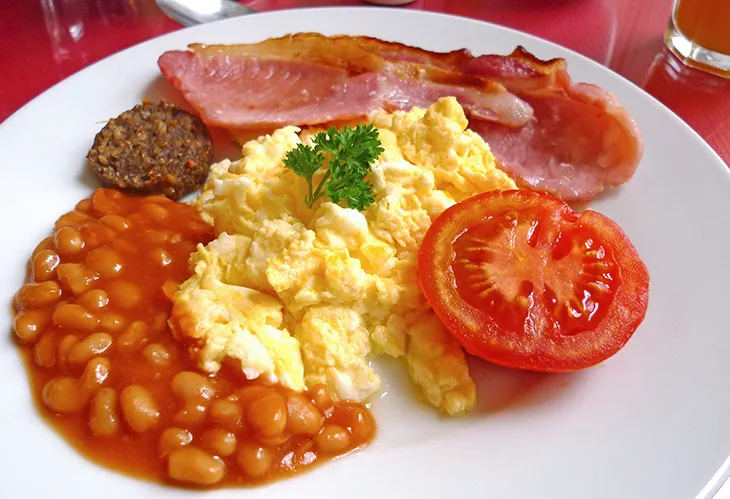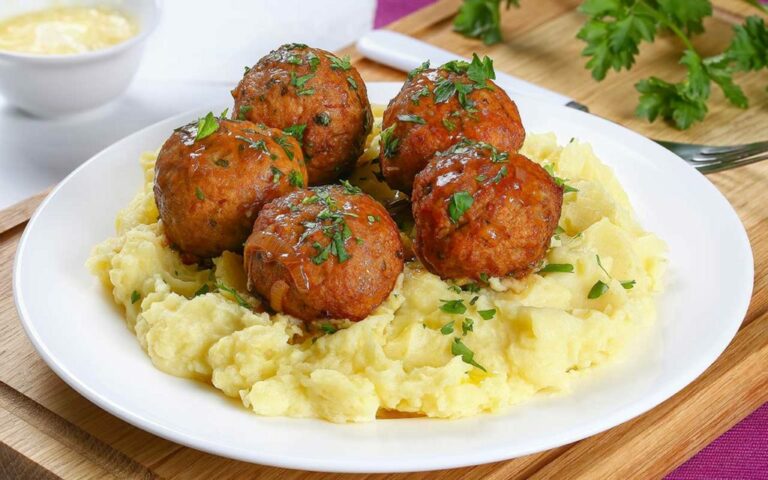Many of us eat potatoes almost every day, and this product is very important in the diet of the average European. However, this was not always the case, and before the discovery of the New World, potatoes were known only to Native Americans. But thanks to the discoveries of Christopher Columbus, the rest of humanity also learned about this tasty and healthy root crop.

- Tomatoes and eggplants are botanically related to potatoes.
- Wild potatoes are found only in South America.
- Until the end of the 18th century, potatoes were practically not eaten in Europe. Many believed that it caused leprosy and other incurable diseases.
- The French agronomist Antoine-Auguste Parmentier used a psychological technique to train his fellow citizens to potatoes. His field was intensely guarded from day to day by special people, not even letting anyone close to the territory entrusted to them. At night, there were no guards, and people used this to steal some potatoes – everyone wondered why they were so carefully guarded.
- There are many potato varieties. They differ not only in appearance (white, purple, dark, and so on) but also in the amount of starch content, as well as some other substances.
- Everyone knows that if iodine is dropped on a potato, it will turn blue. However, there are potato varieties that initially have a blue color not only of the peel but also of the pulp. One of the common varieties of such potatoes is Linzer Blaue.
- In addition to cooking, the Inca culture used potatoes for medicinal purposes. Slices of raw potatoes were applied to broken bones to speed healing and were used as a prophylactic against rheumatism and toothache.
- This root vegetable is about 80% water.
- One medium potato contains only about 100 calories.
- In France, the potato, nicknamed “earthen apples”, became famous in 1600. At first, the unusual product was recognized by French doctors as poisonous, and in 1630 the parliament completely banned the cultivation of potatoes in France.
- For the first time, people began to eat this root vegetable about 8000 years ago.
- Potatoes contain more potassium than bananas, more vitamin C than oranges, and more fiber than apples.
- The French queen Marie Antoinette was so fond of potato flowers that she decorated her hair with them.
- The poisonous plant belladonna belongs to the same nightshade family as potatoes.
- Gastroenterologists and nutritionists have ranked potato dishes in terms of their harmfulness to the body. French fries turned out to be the leader of this list. Large amounts of fat and spices are harmful to digestion and contribute to weight gain.
- Potatoes are a perennial plant. We dig it up every year because we are interested in tubers. However, if not for our intervention, potato bushes could grow and grow for themselves.
- If you see green or greenish-brown spots on the potato, discard it. Such a vegetable is not only unsuitable for food but also very harmful. Green roots contain a lot of a substance called solanine. It is toxic, indigestible, and extremely difficult to remove from the body.
- Potatoes cooked with the skin are only useful while they are young. The more the root crop has been in the ground, the more solanine its rind has accumulated.
- The starch content in potato tubers reaches 15%.
- It was the potato that was the first vegetable grown outside our planet. It happened in 1995 onboard the American space shuttle Columbia.


